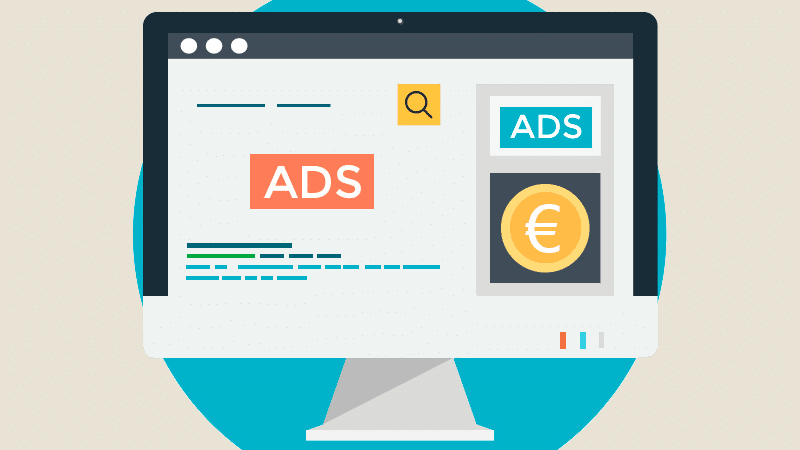What is Corporate Website Design? A Complete Guide to Crafting a Professional Online Presence

Introduction
In today’s digital world, a corporate website is one of the most crucial elements of a business’s online presence. It serves as a virtual storefront, an informational hub, and a tool for building trust and authority in your industry. But what exactly does corporate website design entail, and how can businesses create websites that drive results?
In this guide, we’ll explore what corporate website design is, its key components, best practices, and why it’s essential for businesses to invest in a well-designed website.
What is Corporate Website Design?
Corporate website design refers to the creation of a website for a business or corporation that focuses on presenting the company’s values, products or services, and key information in a professional and user-friendly way. It’s more than just aesthetics—it’s about creating a functional, reliable, and credible online presence that aligns with a business’s brand image and objectives.
Unlike personal websites or blogs, a corporate website is business-oriented, aiming to enhance customer experience, increase engagement, and drive conversions.
Key Elements of Corporate Website Design
1. Branding and Visual Identity
One of the first things that visitors notice about a corporate website is the branding and design. This includes:
- Logo placement that represents the brand’s identity.
- Consistent color schemes that reflect the brand’s personality.
- Typography that matches the tone of the business.
- High-quality images that help reinforce brand messaging.
A well-designed corporate website ensures that the business’s branding is consistent across all online and offline channels, helping to build brand recognition and trust.
2. User-Friendly Navigation
A corporate website must be easy to navigate, as visitors should be able to find information quickly. Key features include:
- Clear menu structure with labeled categories.
- Search bar for quick access to specific content.
- Breadcrumbs to show the website’s hierarchy and improve user experience.
Providing visitors with an intuitive and straightforward navigation experience helps keep them engaged on the site longer.
3. Responsive Design
In today’s mobile-first world, responsive design is essential. A corporate website must look and function well on all devices—desktop, tablet, and mobile.
- Websites should automatically adjust to different screen sizes.
- Mobile-friendly features such as clickable phone numbers, easy-to-read fonts, and touch-friendly buttons are essential.
Google also prioritizes responsive websites in search rankings, so creating a mobile-optimized website can improve search engine visibility.
4. Call to Action (CTA)
A corporate website should include clear calls to action (CTAs), such as:
- Contact Us buttons.
- Request a Quote links.
- Sign Up for newsletters or services.
CTAs encourage visitors to take action, whether it’s reaching out for more information or making a purchase. Clear and prominent CTAs ensure users know what to do next.
5. Content and Messaging
Corporate websites should feature content that speaks directly to the target audience. Whether it’s providing information about services, sharing news, or offering resources, the content should:
- Be clear, concise, and valuable.
- Address the needs of the audience.
- Use a tone that aligns with the company’s brand and mission.
Well-crafted content ensures that visitors understand what the company offers and why they should trust it.
Best Practices for Corporate Website Design
1. Keep It Simple and Clean
A minimalist design with ample white space can help users focus on the most important information. Avoid cluttering the website with unnecessary elements that may distract from the company’s core message.
2. Prioritize Website Speed
Users expect websites to load quickly, and a slow-loading site can lead to high bounce rates. Corporate websites should:
- Optimize images and videos for faster loading.
- Minimize the use of large files and unnecessary scripts.
Website speed is not only important for user experience but also impacts search engine rankings.
3. Incorporate SEO Best Practices
To ensure that the corporate website ranks well on search engines, it should follow SEO best practices, such as:
- Keyword research to target relevant terms.
- Optimized content that includes the right keywords.
- Meta tags like title tags, descriptions, and header tags.
Implementing SEO strategies ensures that the website gets found by potential customers.
4. Integrate Social Media and Other Platforms
Social media integration allows visitors to follow, share, and engage with the brand across different platforms. Adding social media buttons and feeds on the corporate website enables easy access to the company’s online presence on channels like Facebook, Twitter, LinkedIn, and Instagram.
5. Focus on Conversion Rate Optimization (CRO)
Every corporate website should be designed with conversion goals in mind. Whether the goal is to generate leads, sell products, or build a customer base, the design should encourage visitors to take action. Best practices include:
- A/B testing for different CTAs, landing pages, and content.
- Heatmaps to understand where users click and what draws attention.
By improving conversion rates, businesses can ensure that their websites contribute to their overall success.
The Importance of Corporate Website Design
A well-designed corporate website not only serves as an online brochure but also helps businesses:
- Establish credibility: An attractive, professional website builds trust with potential clients and customers.
- Generate leads and sales: A user-friendly design encourages visitors to take action, whether it’s making a purchase or filling out a contact form.
- Improve SEO: Well-optimized websites rank higher in search engine results, attracting more visitors.
Investing in corporate website design is essential for businesses that want to stand out in a competitive digital landscape and create a lasting impression on potential customers.
Conclusion
Corporate website design plays a vital role in a business’s online success. It’s about much more than aesthetics—it’s about creating a professional, user-friendly website that serves both the needs of the business and its customers. By focusing on key elements like branding, navigation, responsiveness, and content, businesses can craft websites that are not only visually appealing but also drive results.




